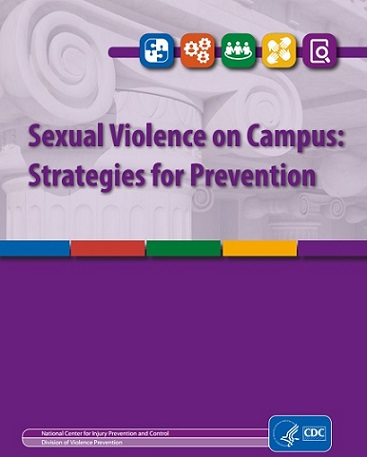Resources Library:
Start a Search:
Sexual Assault Demonstration Initiative - Publications and E-Learning Tools
As originally published by the National Sexual Violence Resource Center, the Sexual Assault Demonstration Initiative (SADI), the first large scale project of its kind, was created to enhance sexual assault outreach, services, and community partnerships in dual/multi-service programs. Six sites across the nation engaged in a four-year process of assessment, planning, and implementation of new and enhanced services and organizational capacity building. The materials that were developed based on the lessons learned across project sites can be found at https://www.nsvrc.org/sexual-assault-demonstration-initiative, many of which are avaiable in English and Spanish.
Topics include:
- - Foundations of Advocacy
- - Culturally Relevant Services for Tribal Communities and Communities of Color
- - Picturing Your Program: Planning for Organizational Growth
- - Listening to Survivors - Essential Steps for the Intake Process
- - Comprehensive Services for Survivors of Sexual Violence
- - Throw Away the Menu: Broadening Advocacy
- - It Matters! How Defining Sexual Violence Defines Advocacy Programs
- - Building Cultures of Care
- - Listening to Our Communities: Assessment Toolkit
- - Trauma-Informed Care
- - Lessons for Local Programs & SADI Timeline Overview
-
- and the Final Report
What is the Sexual Assault Demonstration Initiative (SADI) - Watch this brief overview to learn more about the Sexual Assault Demonstration Initiative (SADI) and the lessons learned from this national project.
Sexual Assault Response Teams (SART): A Model Protocol for Virginia
In 2004, the Virginia General Assembly passed legislation stating that “the Department of Criminal Justice Services shall promote the use of local and regional sexual assault response team policy and protocol, established pursuant to subdivision 46 of §9.1-102 of the Code of Virginia, as an integral part of an effective coordinated community response to sexual assault” (Virginia Acts of Assembly, Chapter 980). The Code directs that DCJS shall “establish training standards and publish a model policy and protocols for local and regional sexual assault response teams” (§9.1-102). In accordance with these legislative mandates, DCJS developed these guidelines based on review of existing state and national protocols and best practices and consultations with local Virginia sexual assault response team members. This model protocol focuses on adult sexual assault.
Sexual Violence in Later Life
This four page document outlines specific information on the broad range of offenses perpetrated against people age 60 and beyond, and discusses how advocates can respond to the special needs of older sexual violence victims.
Sexual Violence in the Lives of African American Women
Black women’s sexual victimization has occurred in a unique sociohistorical context. This applied research document published by VAWnet provides an historical overview of institutional sexual violence perpetrated against Black women beginning with the enslavement of Africans and continuing to the present day. Risk factors, the physical and mental health consequences, culturally sensitive responses, and the resilience of Black survivors are discussed.
Sexual Violence on Campus: Strategies for Prevention

The Centers of Disease Control and Prevention recently released Sexual Violence on Campus: Strategies for Prevention. This tool offers an overview of how to approach sexual violence prevention on college campuses with real-world examples from the field.

